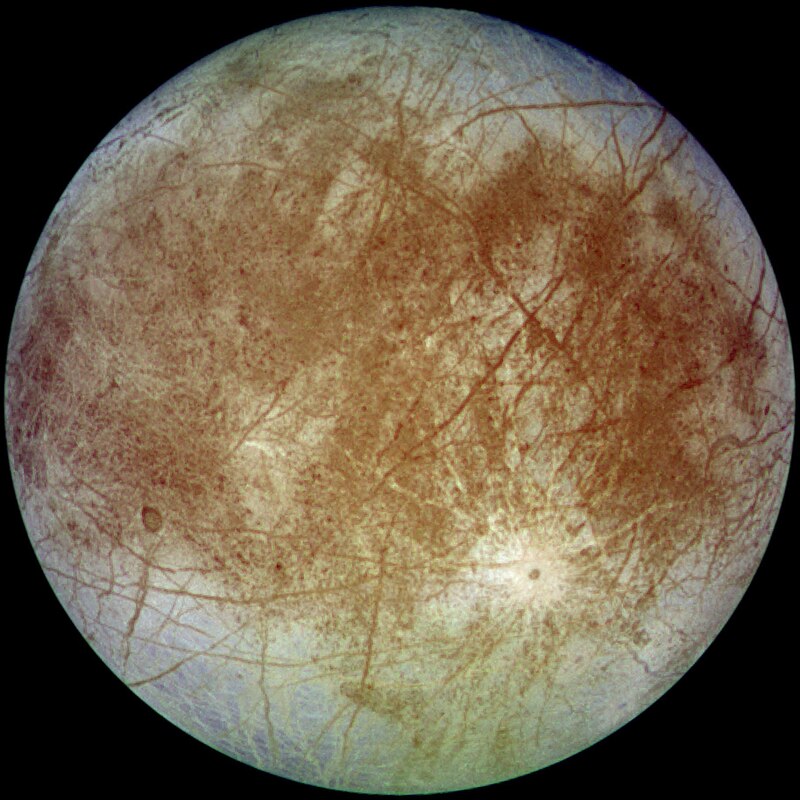Two Science-related things: Well actually one thing about Europa
I want to share two things that I think are very cool. The first is this article about Congressman John Culberson and his passion for extraterrestrial exploration. The second is a set of tools for picking attractive colors for charts.
John Culberson and the Icy Moon
I recently read an article in Ars Technica ("Attempt no landing there? Yeah right—we’re going to Europa") that described the state of NASA's mission to the moon Europa. It said that remarkably, it's being cheered along by the Chairman of the House of Representative's Appropriations Subcommittee, John Culberson.
I shouldn't bother repeating the whole article. It's worth reading. The gist is that John Culberson is a Texas Republican fighting to assist -- and even push -- NASA into planning a super-expensive kick-ass science mission to the moon of Jupiter, Europa. Why? Because he thinks Europa is just that fucking awesome.
I relate. It's probably all I relate to John Culberson on, but I too believe Europa is fucking awesome and we should spend a ton of money to explore it.
If you don't naturally possess an innate fondness for extraplanetary exploration, it can be hard to explain. I feel I should try, though, as I happen to have a minor in Astrobiology. It's not a credential that you get to use much.
It would be amazing if we found proof of life outside of Earth. I think that it's weird that we've advanced so far in our ability to explore space, I think many people might not be sure if asked if we'd found proof of life on other plants. Wasn't there some microbe on a meteorite found in Antarctica? I thought I'd read that.
Without clicking the link, that was a big news story in 1996, although most experts doubt that it's a microbe.
Anyway, Europa is a moon orbiting Jupiter, and it appears to have water under it's icy shell. It's a big, frozen, ball of ice orbiting Jupiter, but 30 years ago the Galileo spacecraft detected a magnetic field around it that indicates the presence of a vast liquid ocean under the surface. We got a bit more information in 2001 later when the Cassini-Huygans probe flew past, but other than that, we've basically spent the last decade and a half speculating on what we might find there based on our limited amount of information and our predictions of how geology works. We've learned so much in that time that our understanding of Europa has grown a fair bit, but there is only so far you can go based on the same stale data we've had four 15 or 30 years.
This is an awesome image, and it's amazing that we have one this good. But it's pretty much the only one we have at this quality.
That liquid ocean earns Europa the distinction of being the most likely place in our Solar System fertile for life, other than Earth. There is no guarantee, but it is possible that elsewhere in our neighborhood of space, in a place you can see with just a telescope from Walmart, there is life. Perhaps multicellular life. Something like alien fish or kelp or jellyfish, sort of. Or some kind of weird coral, just living and eating and doing its thing in some alien ecosystem underneath an 80-mile shell of icy rock, surrounding under-sea vents of hot, briny water.
I'm really excited that we're going to have new information to try and tease apart Europa's secrets. The thing is, we won't go again afterwards for another decade or more, probably. So I hope very much we get as much as we can out of this upcoming trip. To learn more, read the article.
I'm going to post the second thing in another post, because this is long enough already.

Comments
Post a Comment